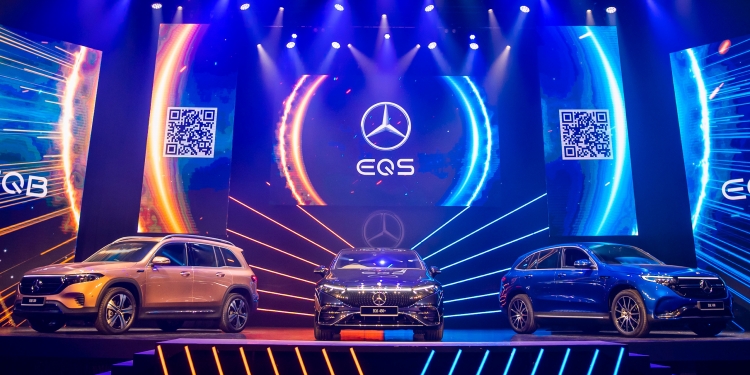Remember when we wrote that Malaysia would be the first Southeast Asian region to get the Mercedes-Benz EQC? That turned out to be wide off the mark – three whole years after it was initially previewed, the car has finally arrived on our shores. The electric SUV made its second debut alongside the smaller EQB, as well as the EQS luxury sedan that we’ve detailed earlier.
Mercedes-Benz EQB and EQC Malaysia pricing and availability
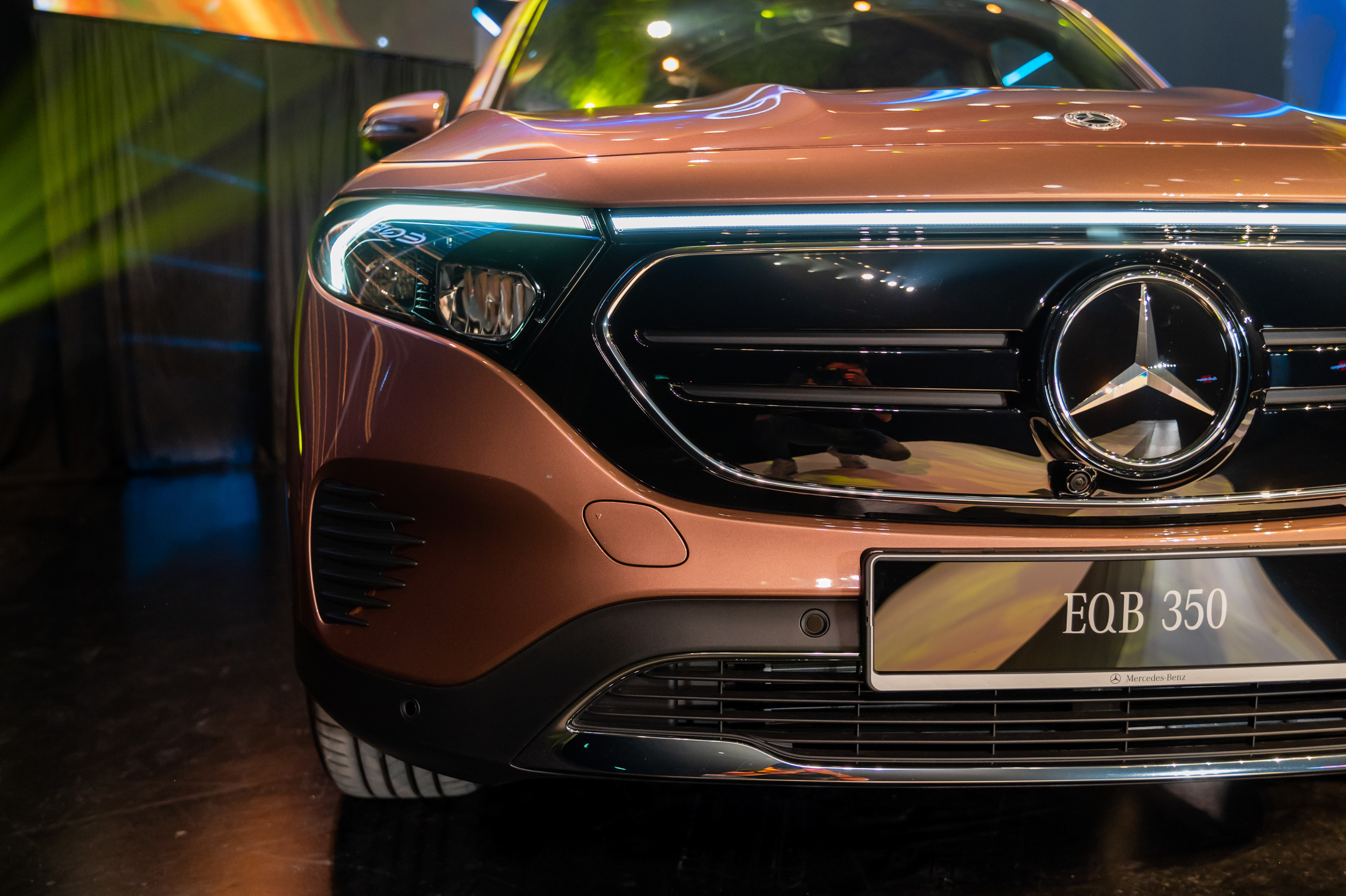

Even this isn’t a proper launch, at least for the SUVs. We’ve only got estimated pricing for the EQB 350 4Matic and EQC 400 4Matic, which are as follows:
- Mercedes-Benz EQB 350 4Matic – RM330,000
- Mercedes-Benz EQC 400 4Matic – RM390,000
This would make the EQB around RM43,000 more expensive than the EQA 250, and for that you get more seats and more power, although the range is roughly the same. The pricing ballpark also puts it within range of its petrol-powered sibling, the GLB, which retails at RM332,888 for the GLB 250 4Matic.
As for the EQC, it’s around RM34,000 pricier than the most expensive GLC, the RM356,888 GLC 300 4Matic, placing it right in the firing line of the BMW iX that costs between RM361,430 and RM407,430. Both models will come with a four-year, unlimited-mileage warranty and an eight-year/160,000 km battery warranty instead of the EQS’ ten-year/250,000 km coverage.
Mercedes-Benz EQB power output and charging
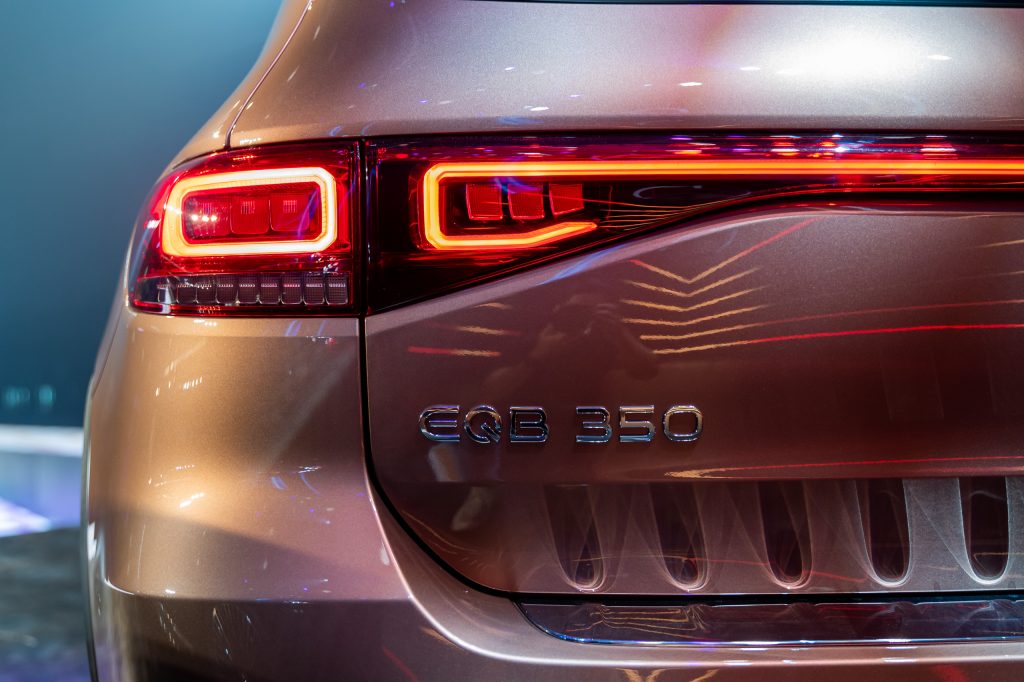
Unlike the front-wheel-drive EQA, the EQB 350 4Matic gets an electric motor on each axle, together producing 288 hp and 520 Nm of torque – nearly 100 hp and 150 Nm more than its five-seater sibling. This allows it to get from zero to 100 km/h nearly three seconds quicker at 6.2 seconds, on its way to an electronically-limited top speed of 160 km/h.
Despite the extra power and the same 66.5 kWh battery, Mercedes says the EQB only delivers a slightly worse range, quoted at between 388 and 423 km. Charging from 10 to 100% takes six hours and 15 minutes with an 11kW AC wallbox.
The car can also support up to 100kW of DC fast charging that will fill the battery from 10 to 80% in 32 minutes; it takes just over an hour with a 50kW charger. A five-metre Type 2 charging cable is include
GLB body with new front and rear
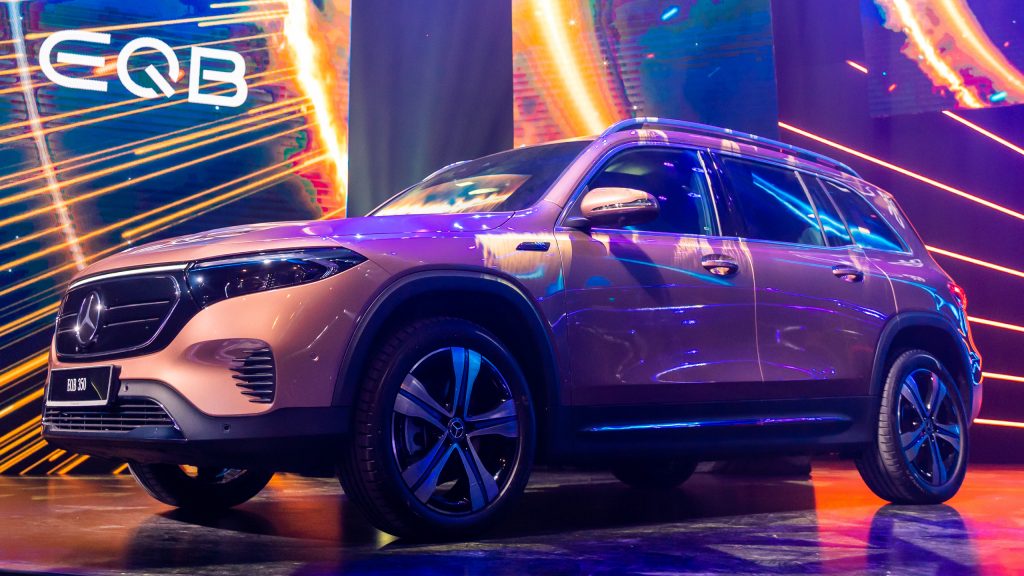
Just like how the EQA is the GLA with a new front and rear design, the EQB also shares its body with the GLB. The main difference is at the front, where the car adopts the EQ design language, incorporating a black blanked-out grille and a full-width headlight graphic.
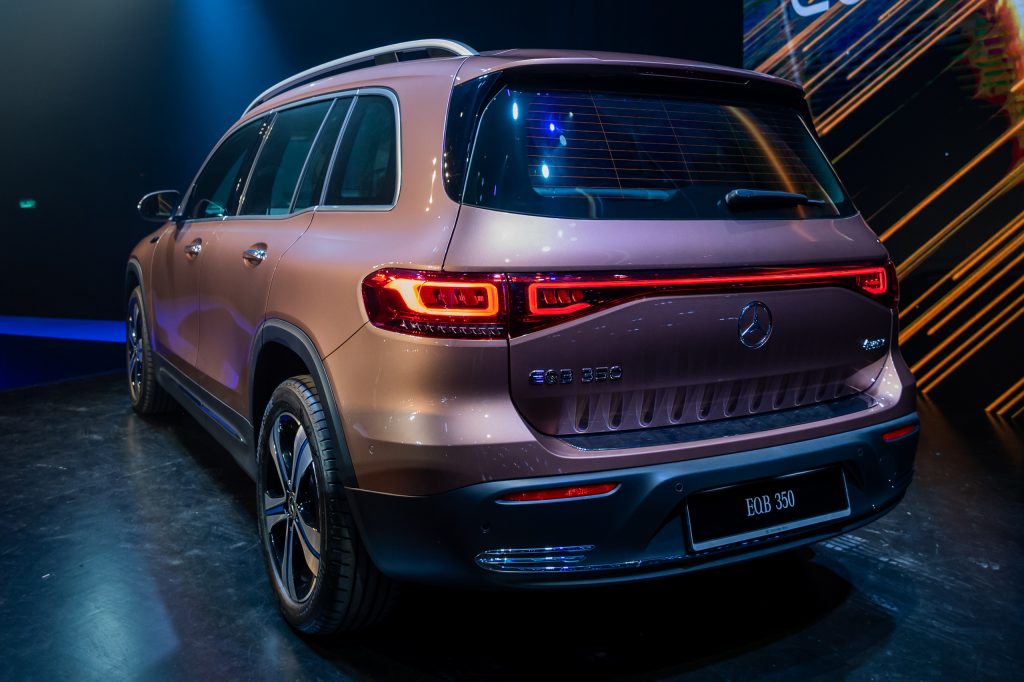
At the rear, the the headlight graphic is mirrored in the taillights, while the number plate recess has been moved to the bumper. A set of 19-inch five-spoke alloy wheels with blue inserts complete the look.
Interior also from GLB, including MBUX

Inside, the EQB again takes after the GLB, replete with the chunky silver bars on the dashboard and door cards. There are a few differences, however – the turbine-style air vents are finished in rose gold, matching the Cupertino fabric that adorns the part-faux leather seats in titanium grey pearl. The flat-bottomed steering wheel is lifted from the AMG Line version of the GLB.
As standard, the EQB’s freestanding widescreen display panel is fitted with two 10.25-inch screens, the centre unit being a touch-sensitive panel running the Mercedes-Benz User Experience (MBUX). This is the first generation of the system, incorporating the ‘Hey Mercedes’ voice control, a centre touchpad and wired Apple CarPlay and Android Auto connectivity.

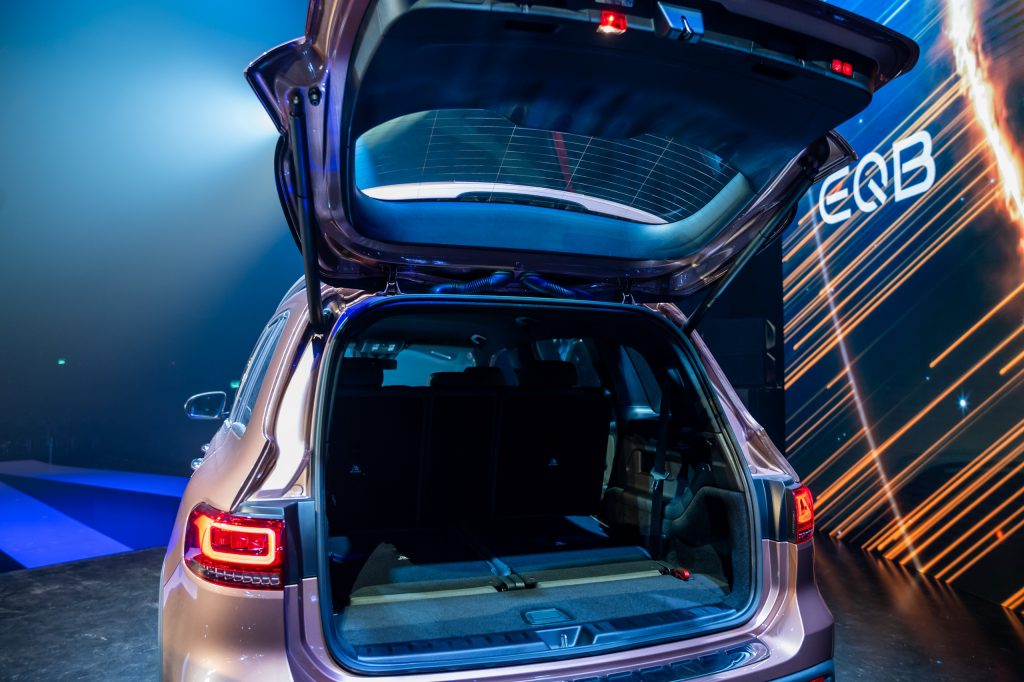
An MBUX Interior Assistant enables the voice recognition to distinguish between driver and passenger touch inputs; it can also turn on the map light if they reach over towards the other side. A ten-speaker, 225-watt sound system is fitted as standard.
Despite being the smaller of the two SUVs previewed, the EQB is the only one to offer seven seats. Behind the hands-free powered tailgate sits a 465-litre boot with the rearmost pews folded, expandable to 1,710 litres with the second row stowed as well. Other features include keyless entry, push-button start, power-adjustable front seats with memory and dual-zone climate control with rear air vents.
Full range of driver assistance features
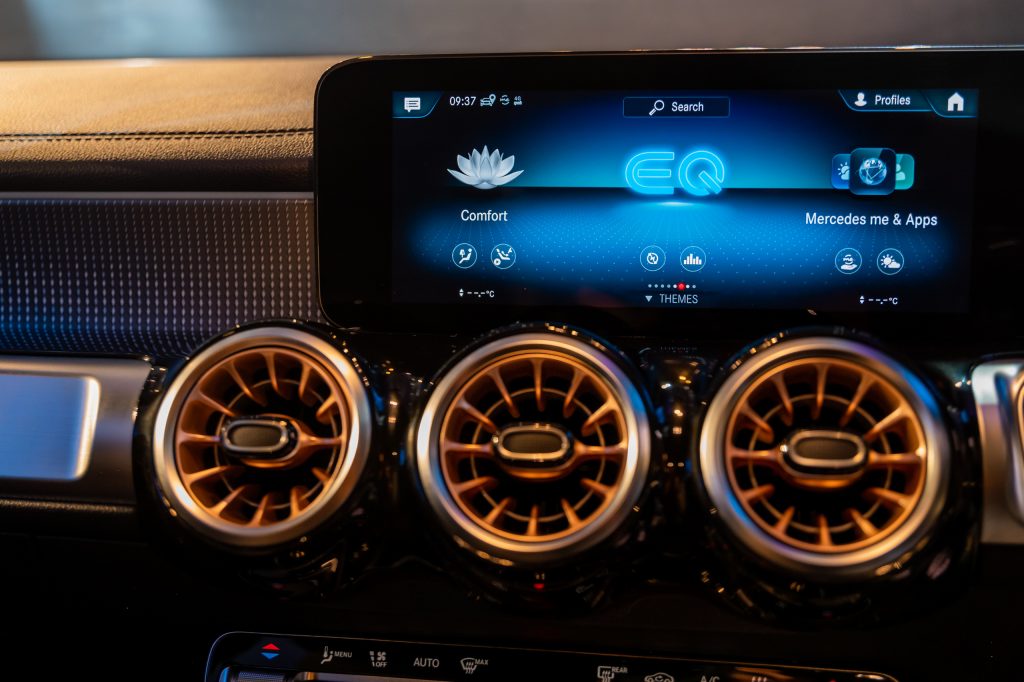
One big reason for choosing the EQB over the GLB is the inclusion of the full Driving Assistance package, which adds Distronic adaptive cruise control and lane centring assist to provide Level 2 semi-autonomous driving capabilities. Autonomous emergency braking, blind spot monitoring, a door opening warning, automatic high beam, park assist and a 360-degree camera system are also fitted.
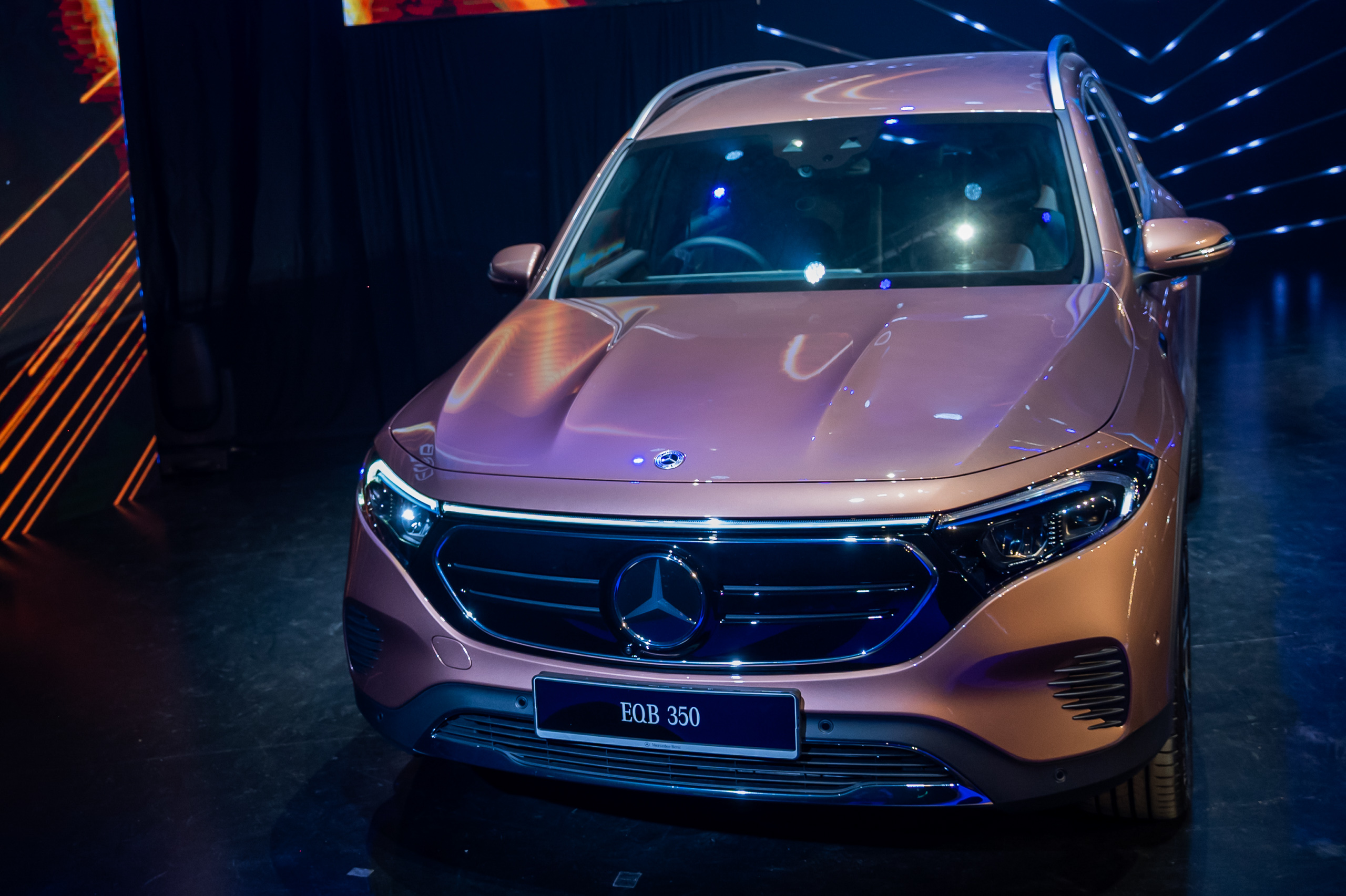
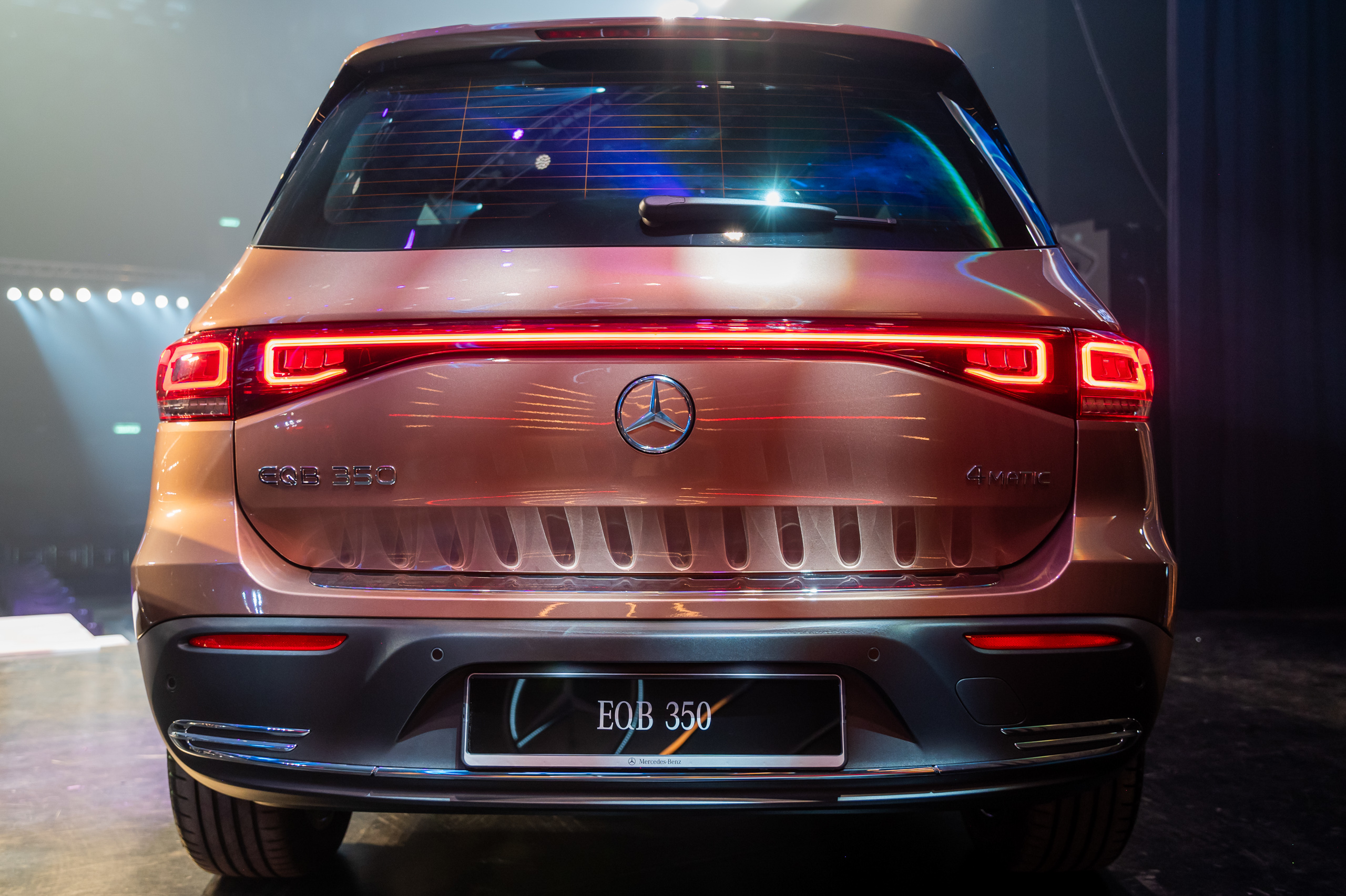
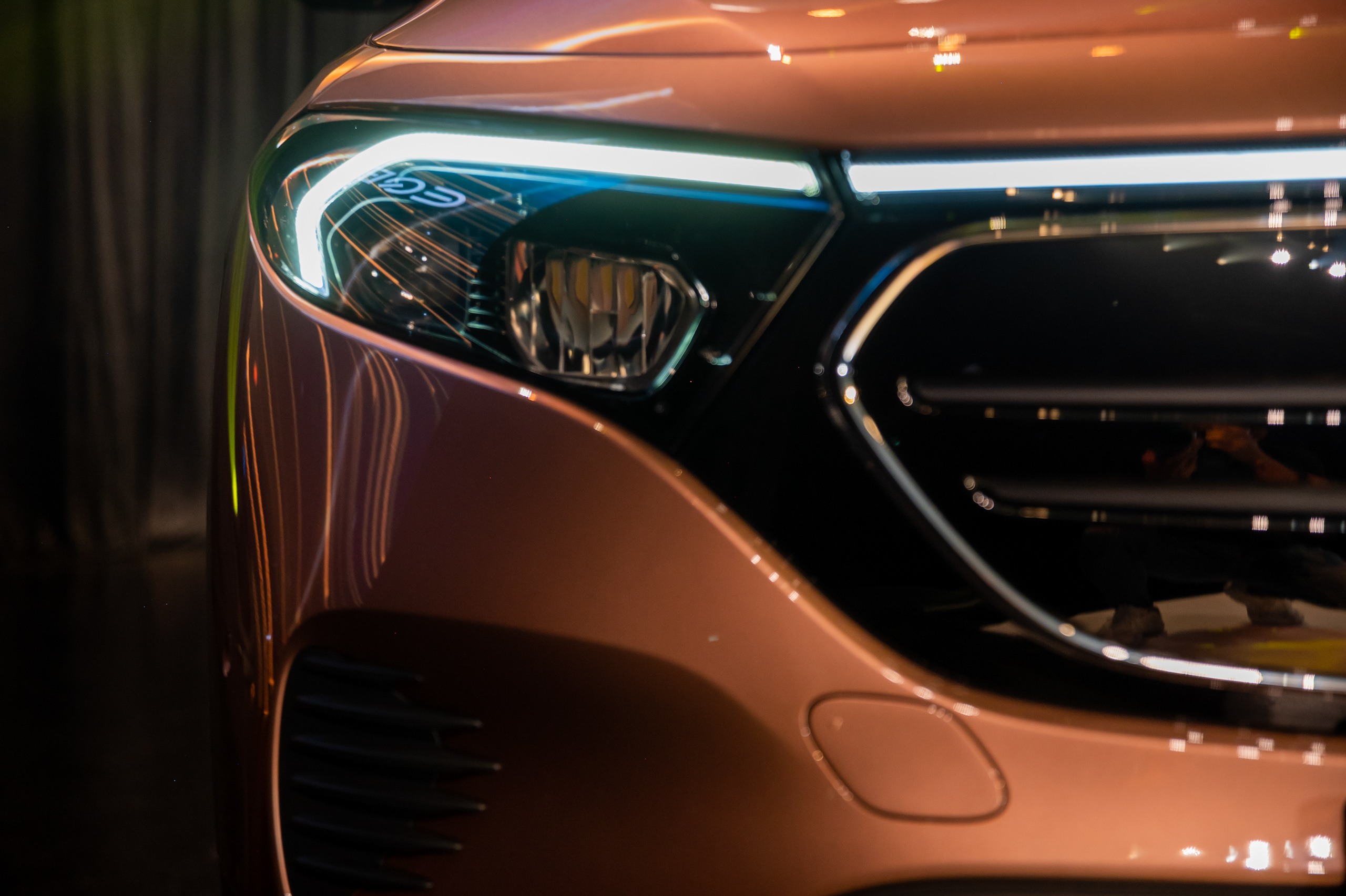
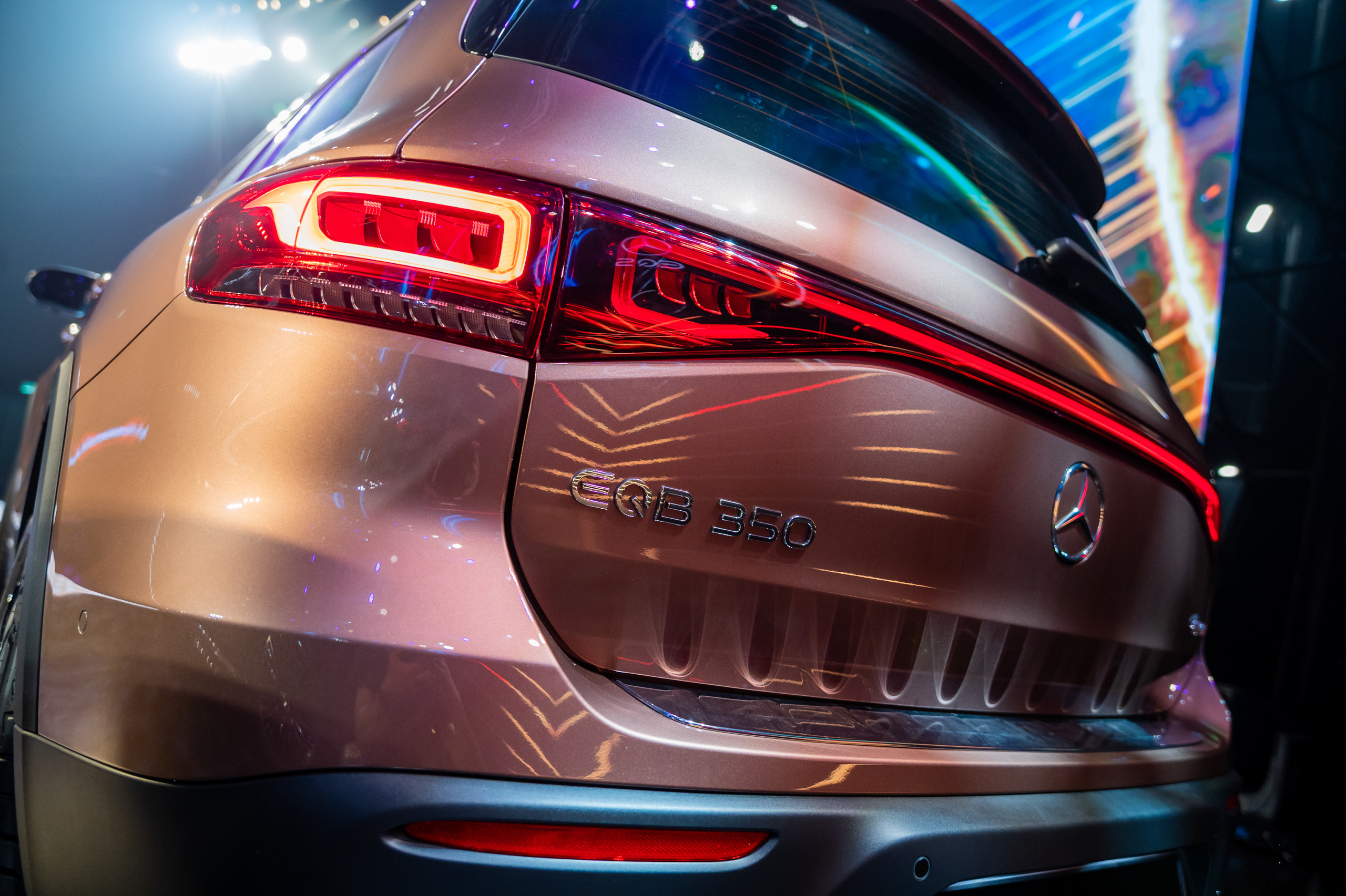
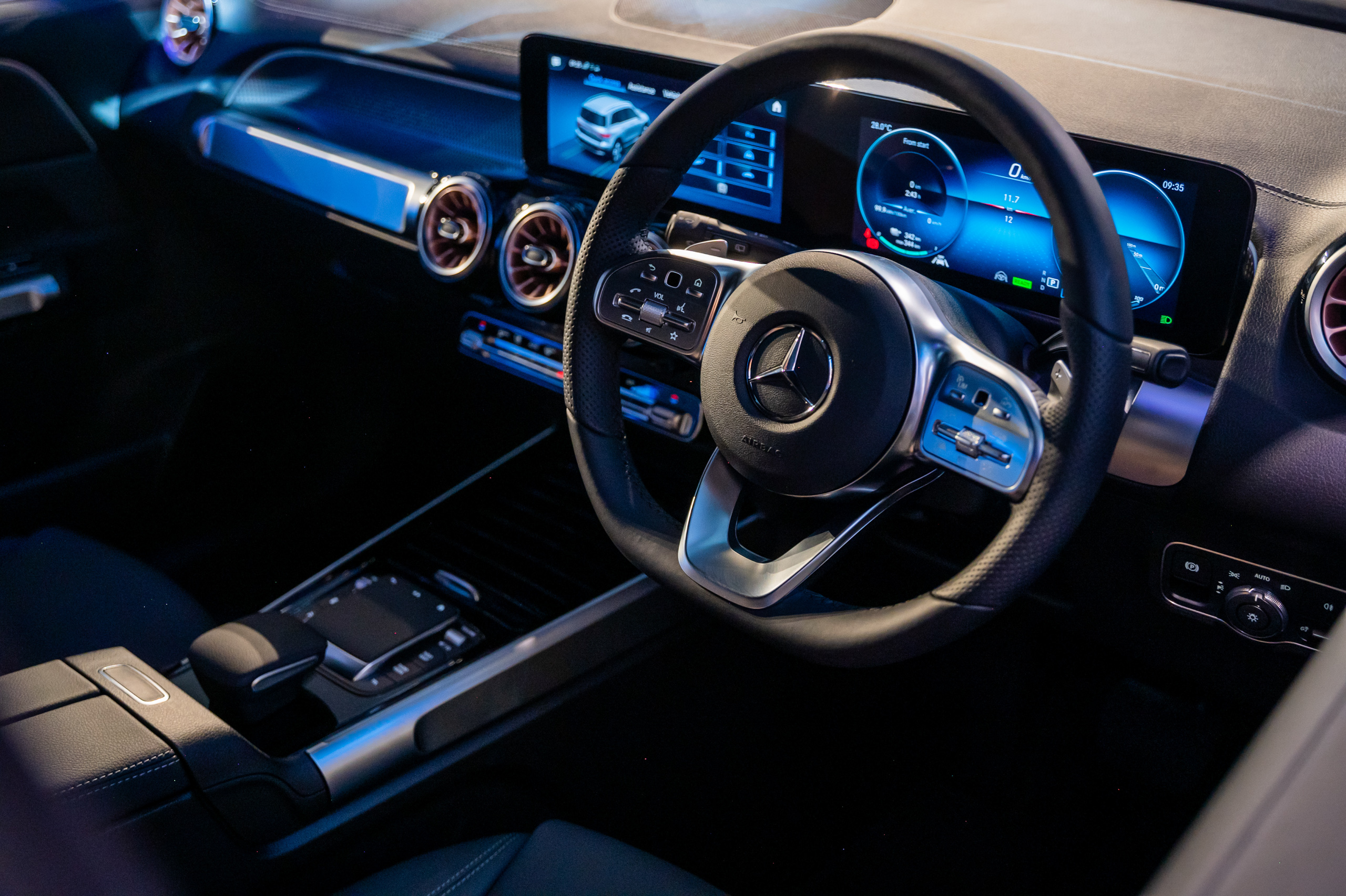
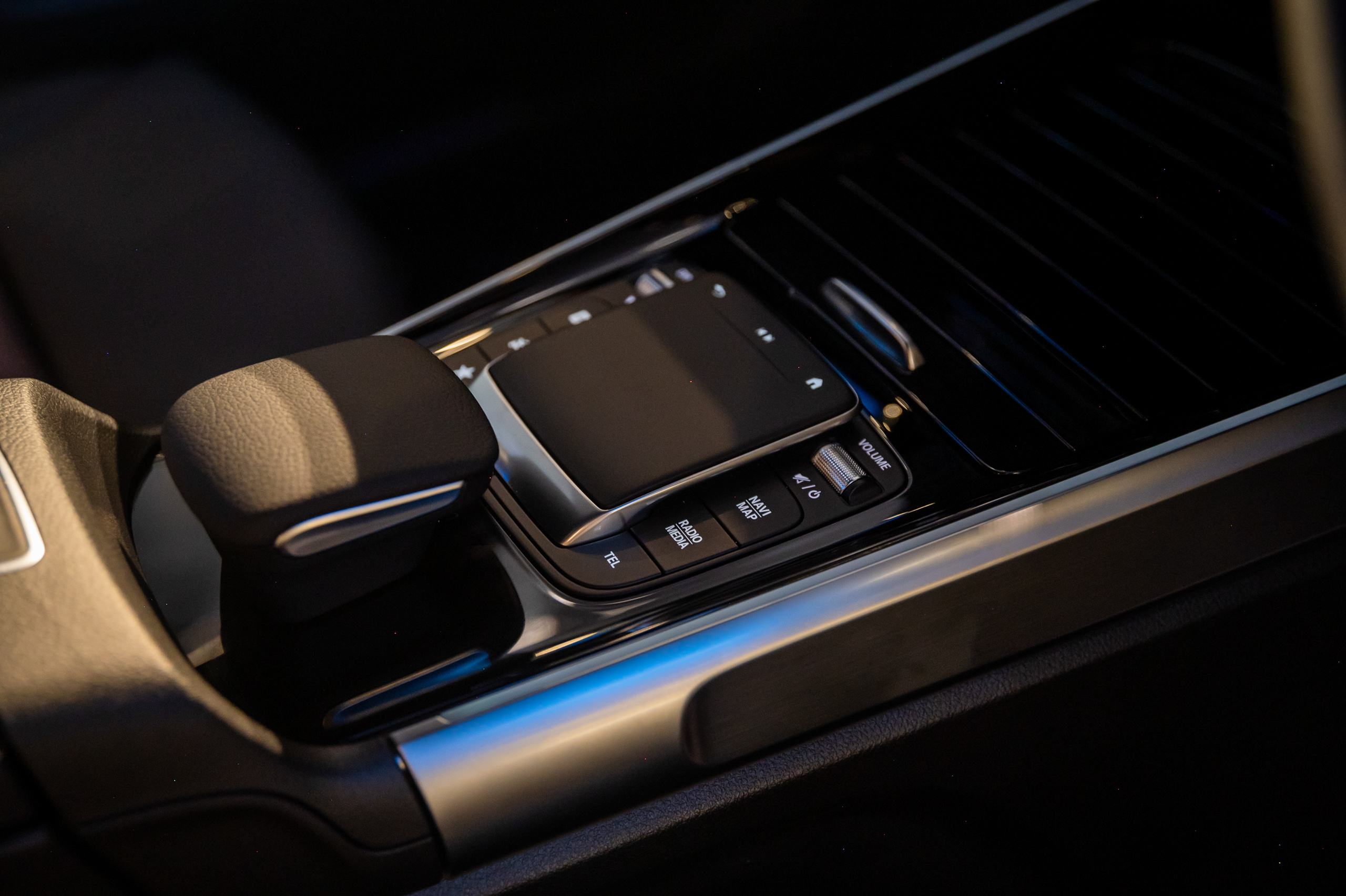
Mercedes-Benz EQC power output and charging
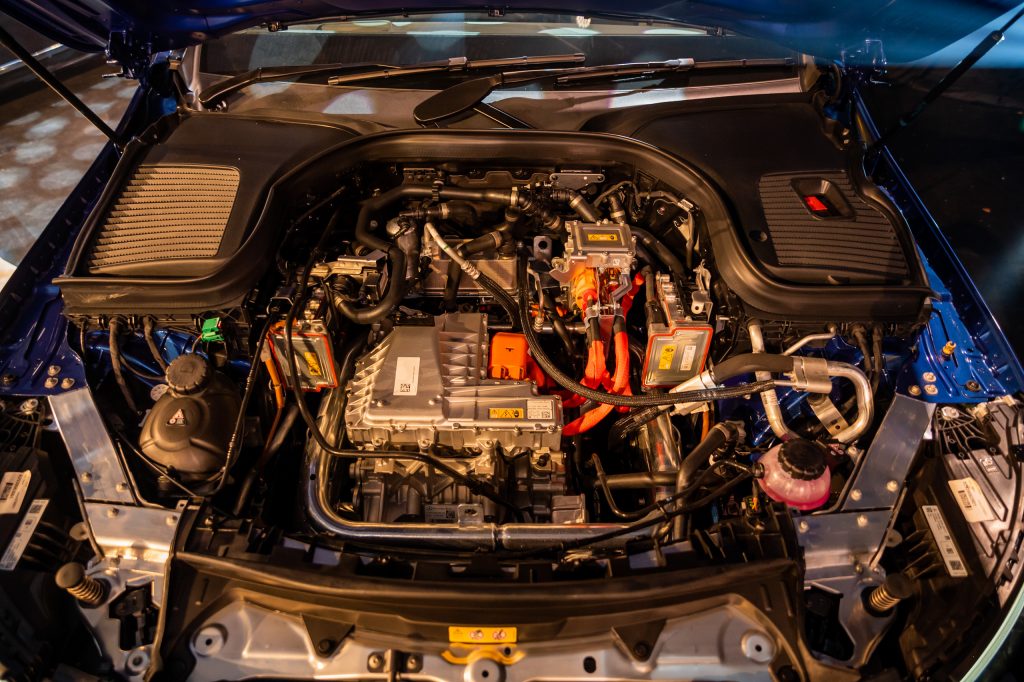
As the ‘400’ in its name suggests, the EQC has more power than the EQB – its twin electric motors push out a total of 402 hp and 760 Nm. That’s more than what you get in the Mercedes-AMG GLC43 Coupe, which costs nearly RM500,000. It isn’t quite as quick, however, getting from zero to 100 km/h in 5.1 seconds. Top speed is limited to 180 km/h.
The EQC’s 300 kg weight penalty over the EQB offsets the larger 80 kWh battery, with a claimed range of between 373 and 437 km. With an 11kW AC wallbox, it’ll take seven and a half hours to charge the car from 10 to 100%, or 40 minutes with a 110kW DC fast charger. Again, a five-metre Type 2 charging cable comes as standard.
Bespoke body with AMG Line styling
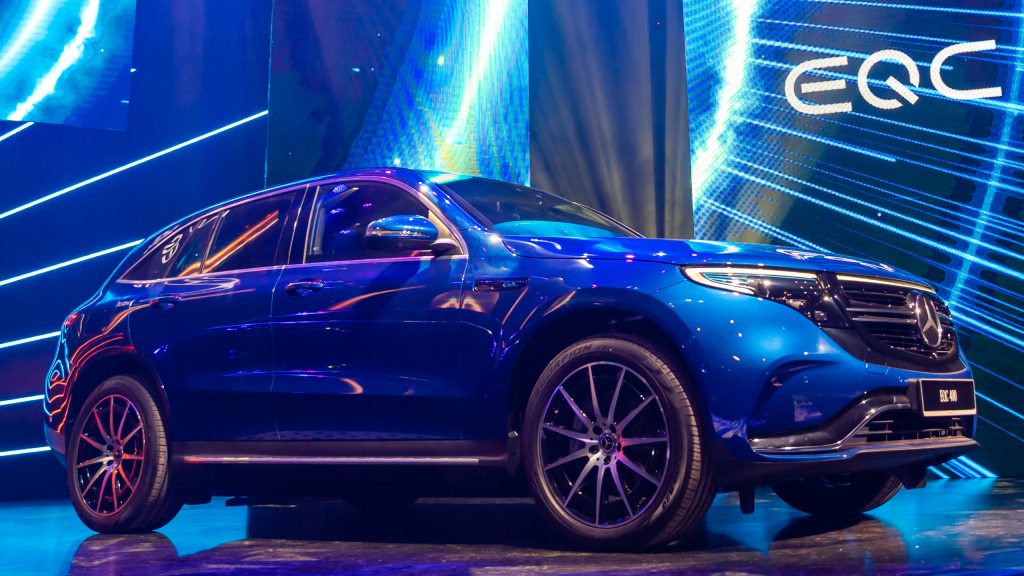
As the first EQ model, the EQC debuted the sub-brand’s design language, although there are some differences such as an open grille. It also has a bespoke body compared to the GLC it’s based on, and it’s quite a bit bigger than the EQB, measuring 77 mm longer at 4,761 mm.
Compared to the 2019 preview, the Malaysian-spec car will come with the AMG Line exterior, consisting of sportier front and rear bumpers and a dual-louvre grille with a black instead of chrome surround. It also rides on 20-inch multi-spoke AMG alloys.
Distinctive interior with EQ-specific styling
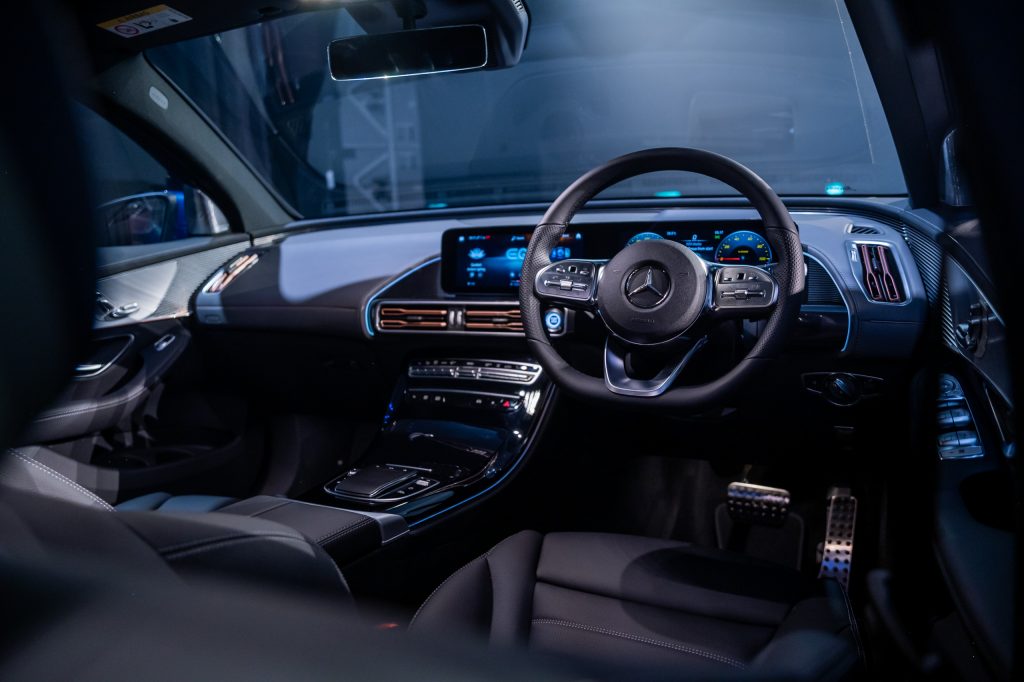
On the inside, the EQC gets its own interior design, with slim vertical corner and horizontal centre air vents again finished in rose gold. The centre console, however, will be familiar to those who own the GLC, replete with its gloss black trim. The AMG Line kit adds a flat-bottomed steering wheel, alloy pedals and sports seats upholstered in real black leather. As per the EQB, the front seats are power-adjustable with memory.
The MBUX setup is identical to the EQB’s, right down to the two 10.25-inch displays and MBUX Interior Assistant. There are three things the EQC has that the smaller model lacks, however – a head-up display, a Qi wireless charger and a 13-speaker, 590-watt Burmester sound system. It also gets triple-zone climate control and manual rear side window sunshades – the latter isn’t even fitted in the EQS limo.
The EQC is a five-seater SUV, and you can pop open the hands-free powered tailgate to find a 500-litre boot, expandable to 1,060 litres with the rear seats folded.
Level 2 semi-autonomous driving heads driver assists

Again, the EQC is fully equipped with a range of driver assists, including Distronic adaptive cruise control, lane centring assist, autonomous emergency braking, blind spot monitoring, a door opening warning, park assist and a 360-degree camera system. The Multibeam LED headlights with 84 diodes on each side also enable the Adaptive Highbeam Assist Plus feature that turns off certain portions of the high beams to block off other motorists, enabling full-time use of the high beams.

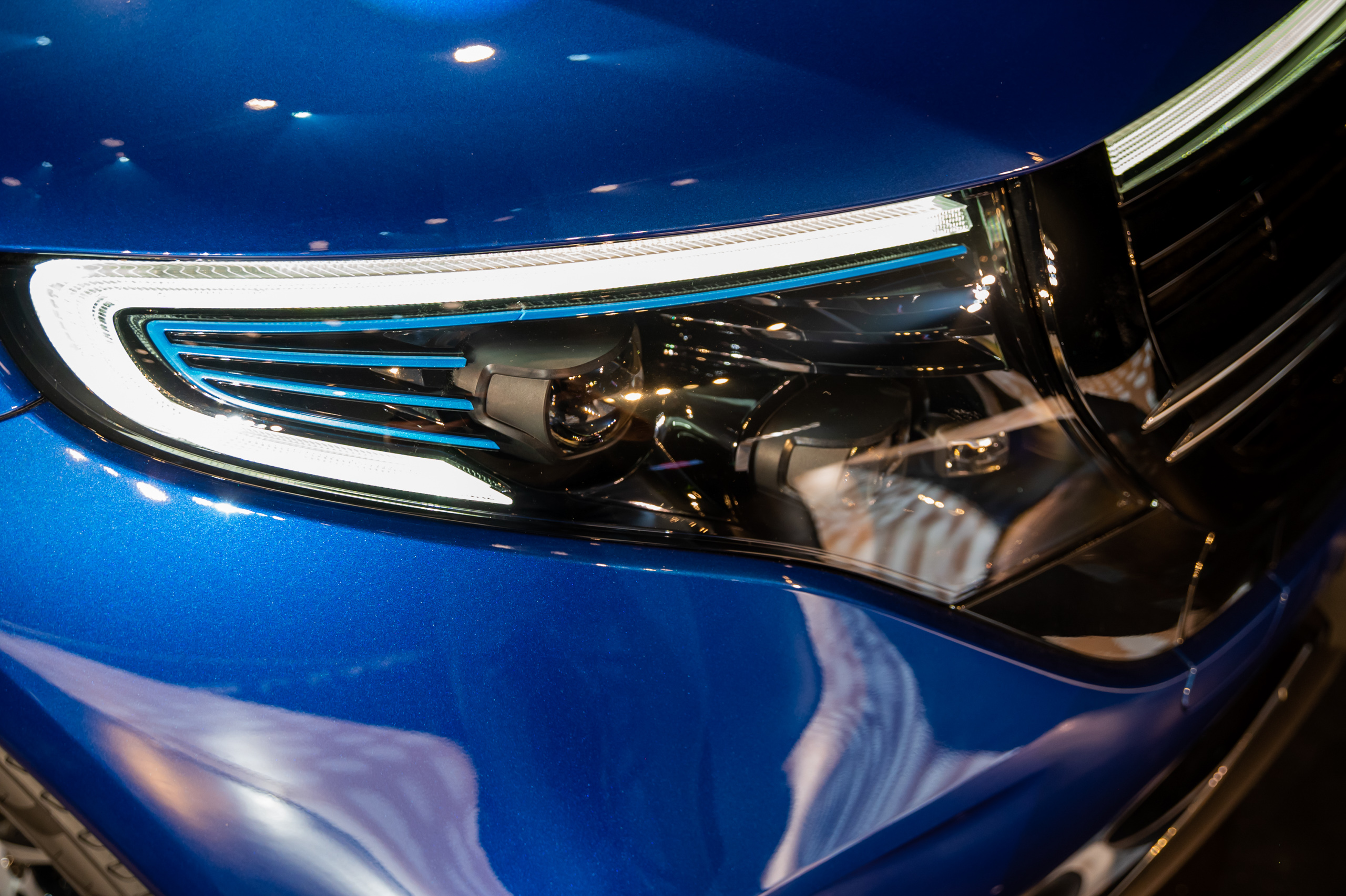

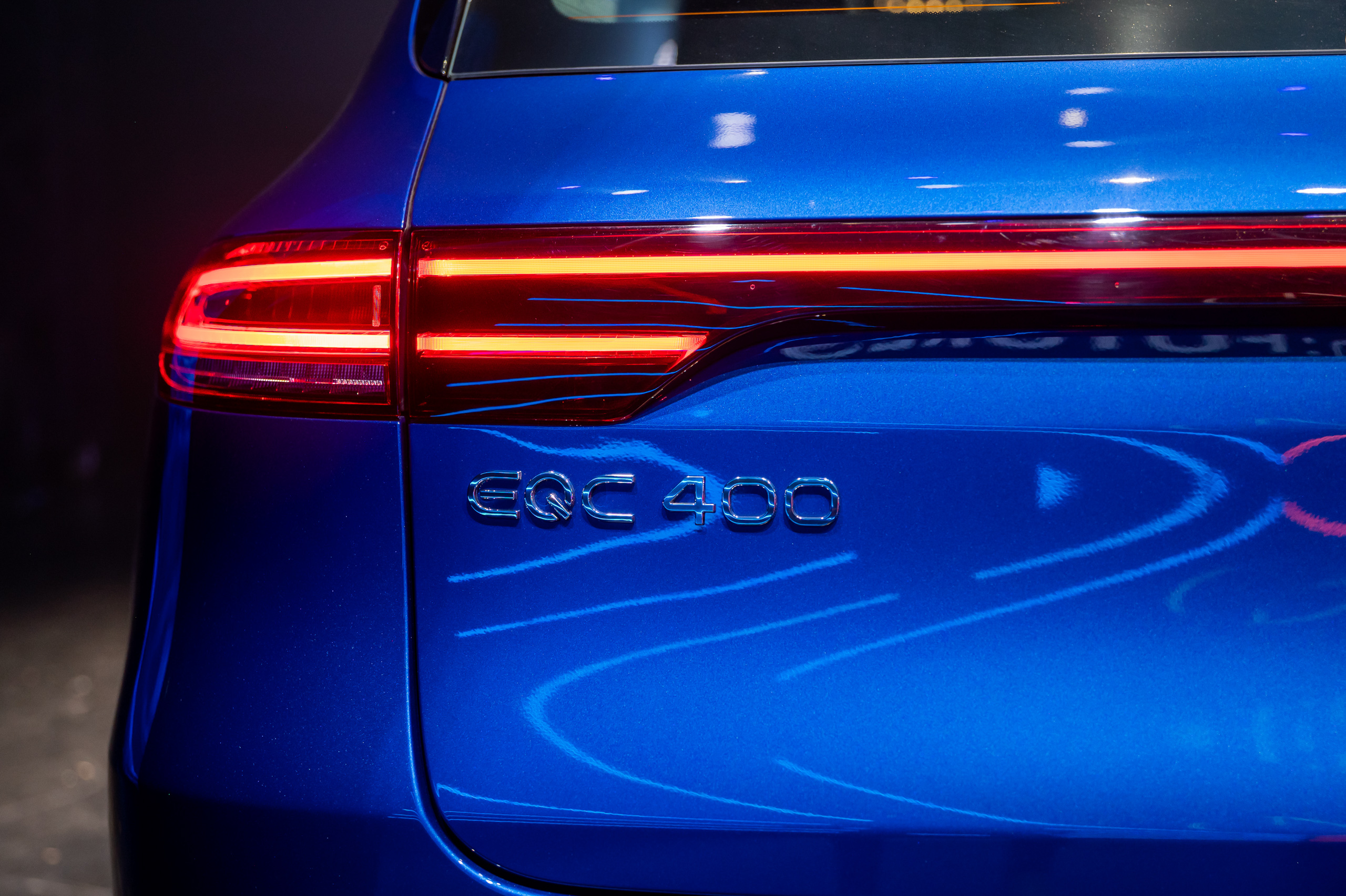
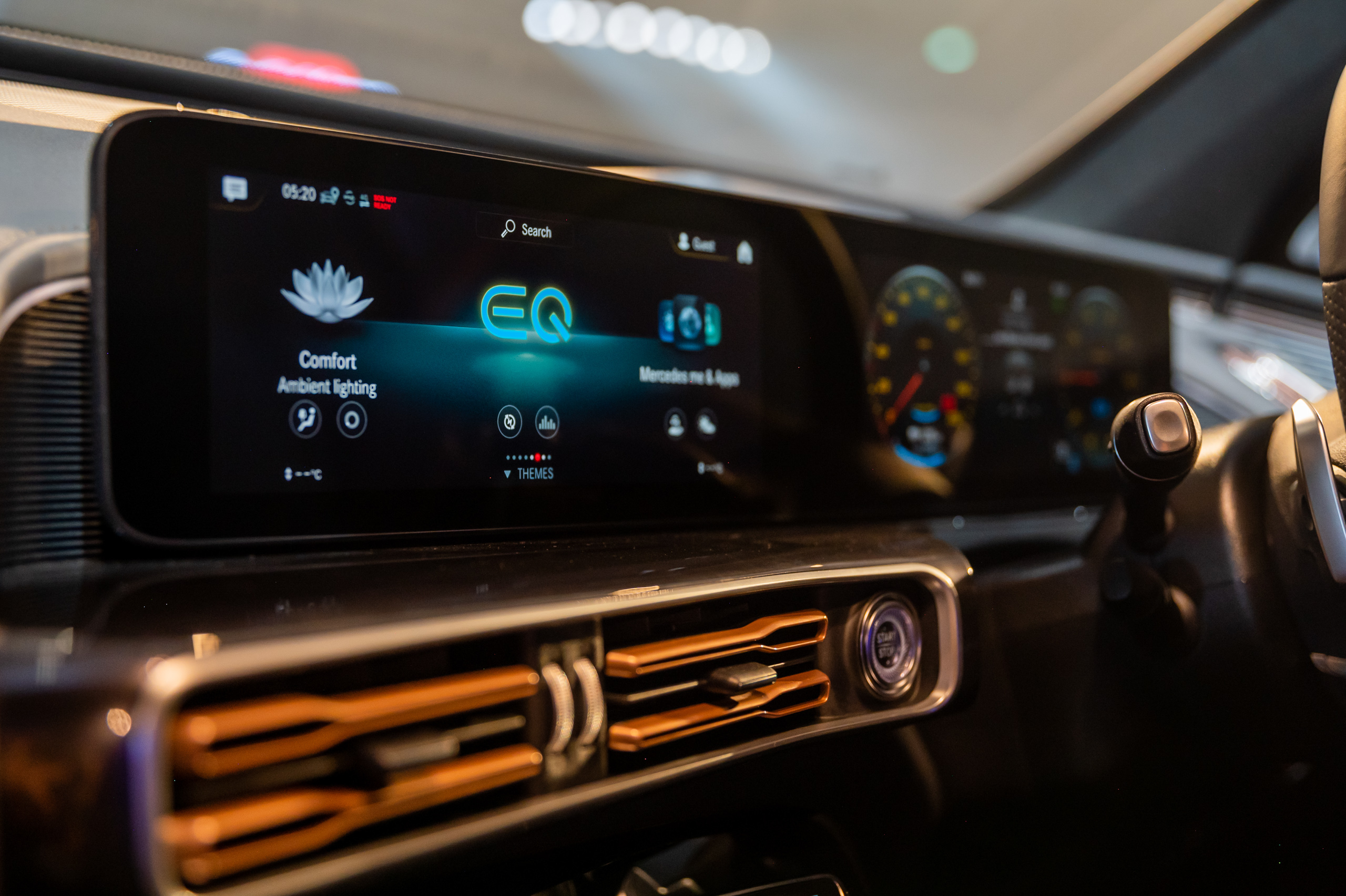
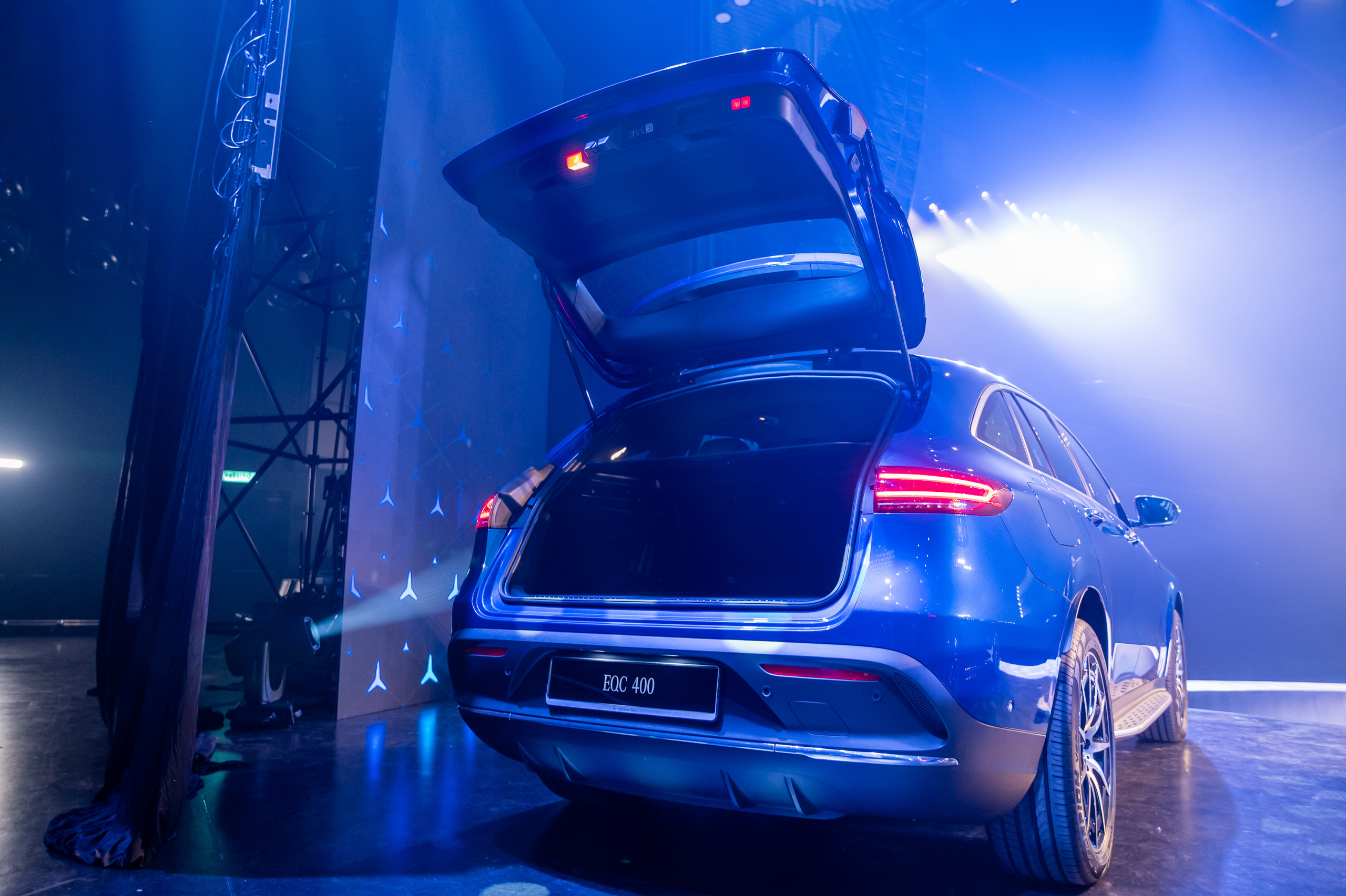
How do these cars compare to BMW’s electric SUVs?
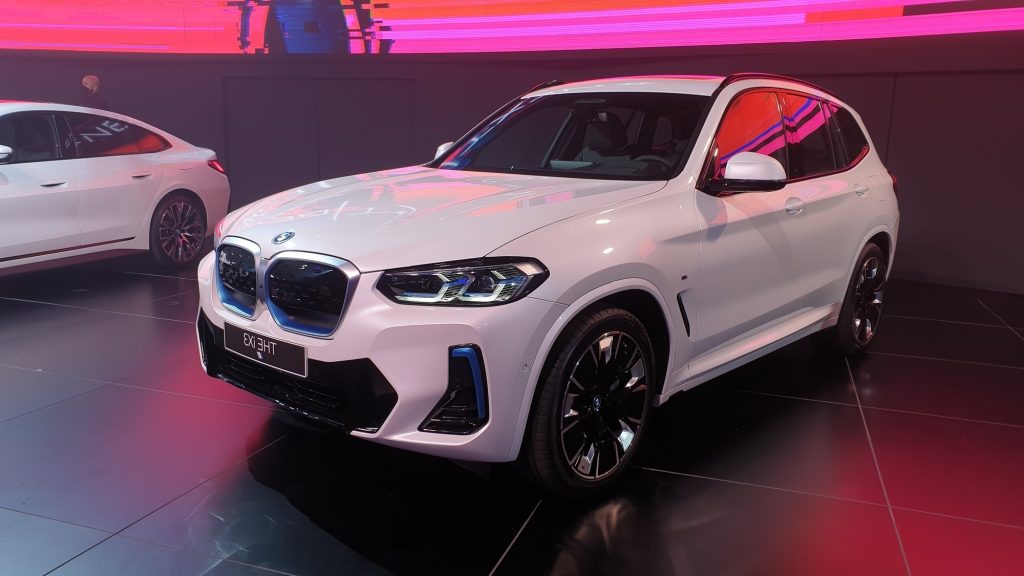
The estimated pricing of the EQB puts it in direct competition with the BMW iX3, which is priced between RM307,160 and RM328,160. The Mercedes benefits by having seven seats, but the BMW is the bigger car – it’s around the same size as the EQC. The Bavarian model has around the same amount of power (282 hp, 400 Nm) and is almost as fast (0-100 km/h in 6.8 seconds) as the EQB, but it has a slightly longer range (453 to 461 km)
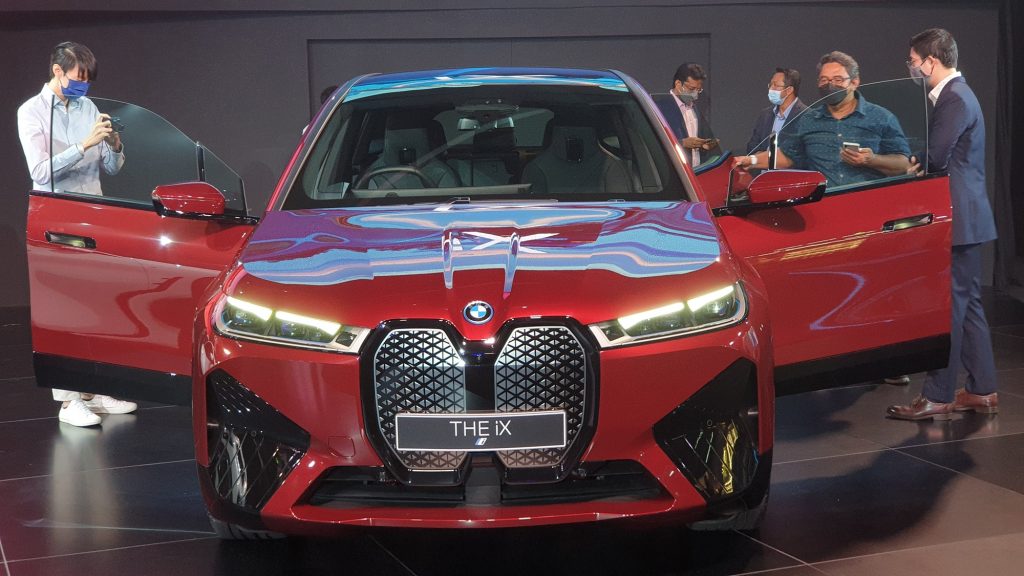
As mentioned earlier, the EQC will likely be priced to go against the iX, though the latter has less power (322 hp, 630 Nm) and is slower to 100 km/h (6.1 seconds). The iX is in another size class, however, being about as big as an X5; despite this, it has a similar range of 425 km. It’s also a more futuristic-looking vehicle with slim lights, giant double kidney grilles, frameless windows and minimalist interior, although whether buyers will prefer the more conservative Mercedes remains to be seen.
So, what do you think about the Mercedes-Benz EQB and EQC? Are you interested in getting it, or do you prefer the cars coming from BMW – or even the more distinctive Korean rivals like the Hyundai Ioniq 5 and Kia EV6? Sound off in the comments below.

